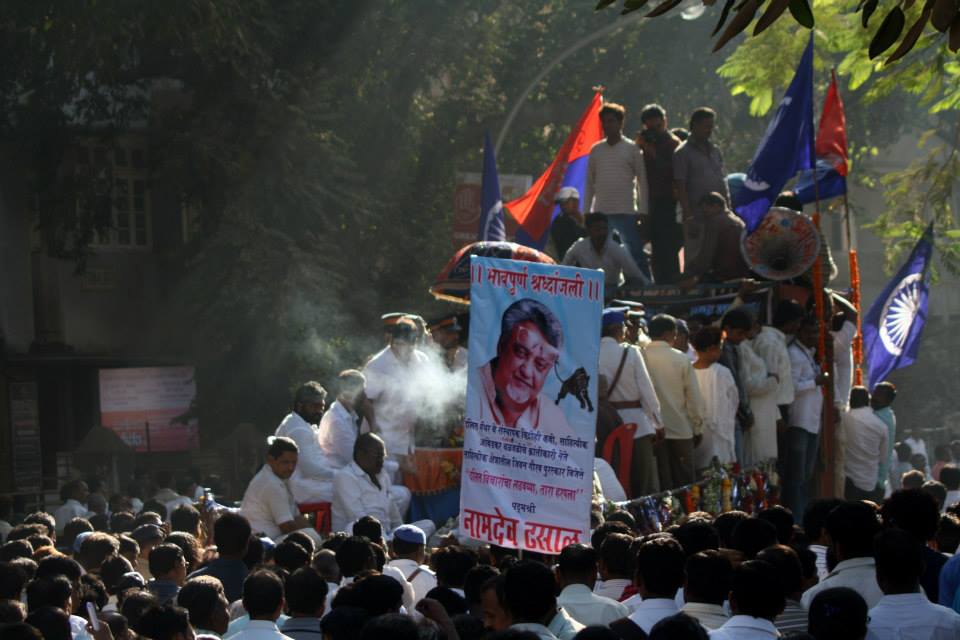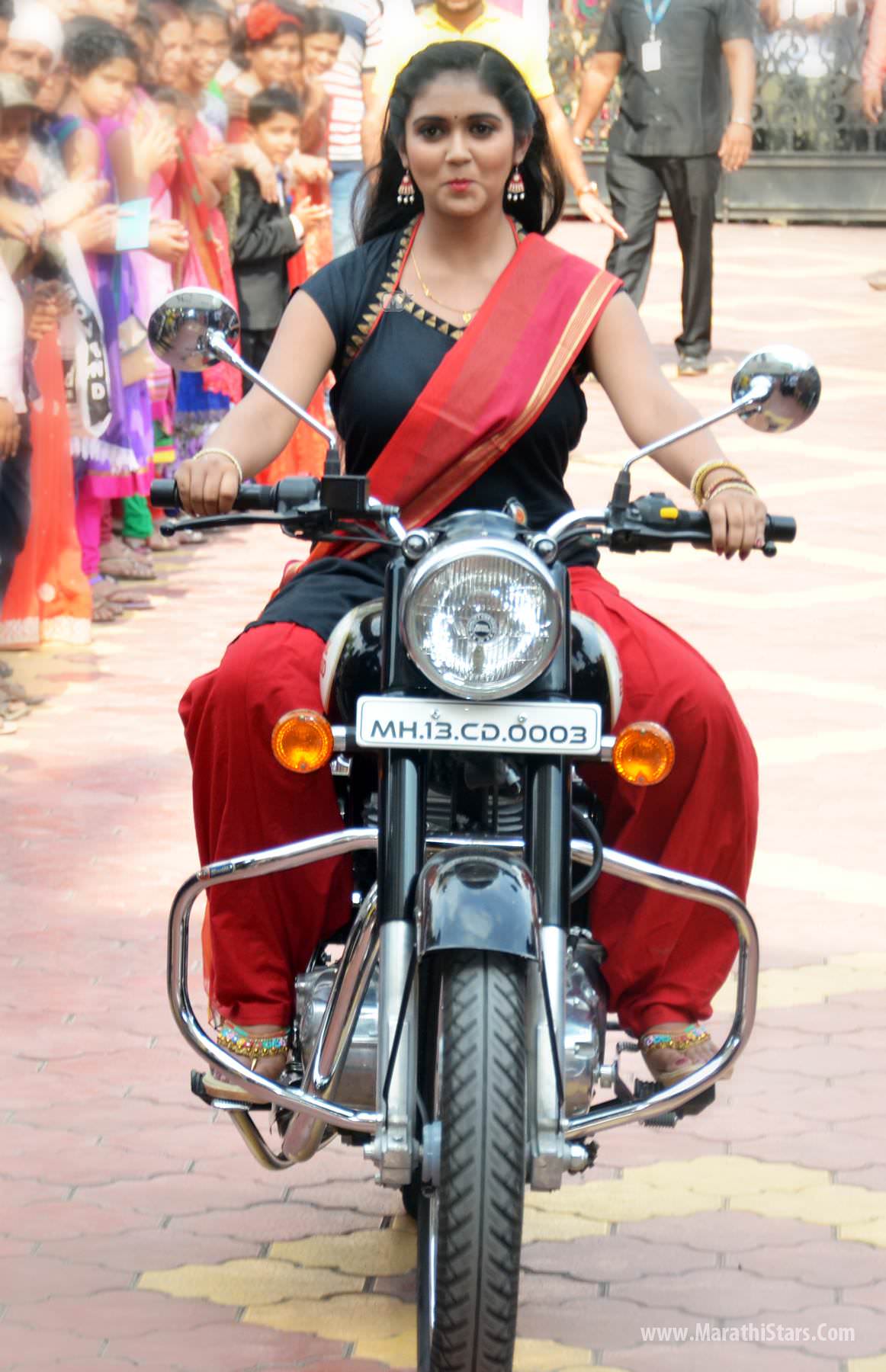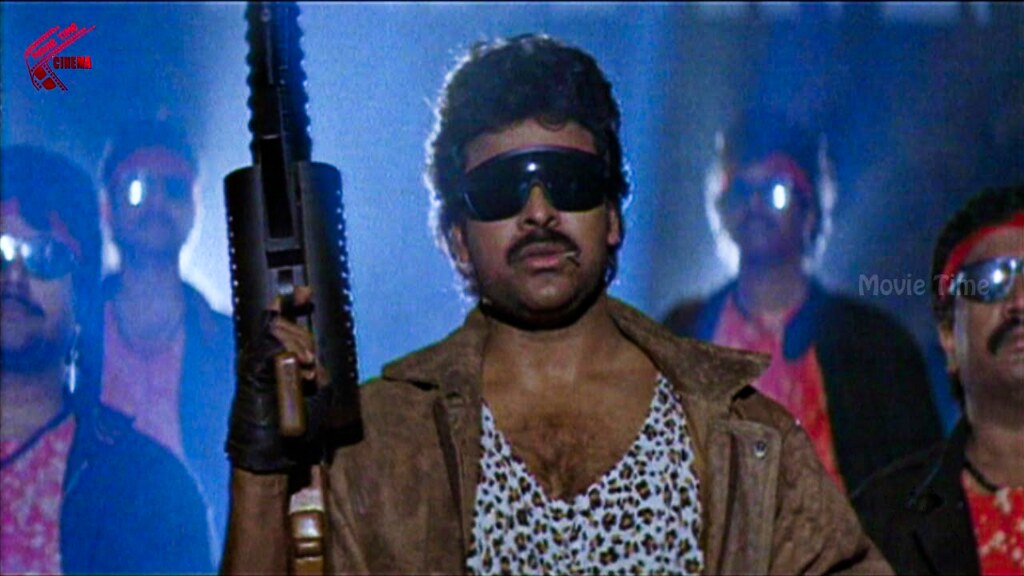Manish Gautam
Queer “signifies lives which challenge the heterosexual norm”, and the heterosexual norm means “the only valid way of sexually/romantically relating to one another is within the framework of either marriage or heterosexual relationship” [1]. Here queer is posed in opposition to heterosexuality or heteronormativity, and it has been attempted to present a brief definition of what heteronormativity might mean. There are, however, following questions in my mind that I want to explore to understand the Queer in India: what does it mean to be heterosexual, and what are the historical-sociological meanings ascribed to heteronormativity in India?
Homosexuality (and Bisexuality) are considered transgressions from the norm of heterosexuality, and therefore are punished using various means by society and State alike. Although the degree, forms and characteristics of these punishments may vary in both the institutions. For example, the society ‘invisibilizes’ the non-heterosexual behaviours by trying to suppress it (usually by coercive means) using marriage as tool. Sometimes these punishments can be banishments (which are rare though) from the family and inheritance [2]. While the state punishes certain sexual acts under the pretence of punishing ‘unnatural sexual acts’.
Would this mean that the ‘norm’, in opposition to sexual transgressions described as above, heterosexuality is rather validated and celebrated? And if yes, what are the various forms of this validation and celebration? It is not until the modern times that the individuals from opposite sex were not allowed to form romantic/sexual relationships before marriage (and the purpose of marriage were to produce offspring to continue the family legacy), and these marriages were (and are still today) constrained by the borders of caste, religion and class statuses. The inter-caste, inter-religion marriages are punished by society where violent means are used by dominant castes, and in most of these cases the State as the benefactor of its citizens has been unable to provide safety to the inter-caste and inter-religion couples [3]. Ghar wapsi campaigns by hindu right wing and humiliations of couples on Valentine’s Day by Bajrang Dal activists are examples of such punishments/attitudes of the society towards sexuality/sexual and romantic expressions. The Anti-Romeo Squad campaign run by the state government of Uttar Pradesh reeks of such attitudes under the guise of safety of women.
The only validation of opposite sex relationship is ‘marriage within own caste’, and for the production of children. This ‘heteronormativity’, therefore, is the produce of the pervasive caste system in india, as Ambedkar illustrates in his remarkable thesis on caste genesis how endogamy (marrying within own caste) creates and maintains the caste [4].
Therefore, the inter-caste (and inter-religious) sexual/romantic opposite-sex relationships are also considered transgressive by society (though State has the power to validate these relationships, the complex nexus and mirroring of State mechanisms and society makes this task extremely difficult). Even in these modern times the heterosexual couples try to seek and achieve the validation of their relationship by constraining the relationship within same caste group. For example a not-so-old news article reporting that only 5% of marriages in India are inter-caste marriages illustrates the issue [5]. This validated heterosexuality, thus, transforms itself into the heteronormativity that restricts and punishes same-sex desires/relationships and non-binary gender performativity.
Being Queer in India, therefore, in my opinion, would really mean the freedom to have sexual/romantic (or any other form of) relationship with same sex (or opposite sex)/gender partners of any caste (and/or religion) and the freedom to express oneself in any desired gender identity (and the associated socio-cultural symbols of that identity).
~
References
1. http://www.india-seminar.com/2003/524/524%20arvind%20narrain.htm
2. for example, http://www.dailyo.in/lifestyle/srinivasan-ashwin-gay-homosexuality-section377-csk/story/1/3523.html
3. http://roundtableindia.co.in/index.php?option=com_content&view=article&id=7856:pitting-love-against-love-the-hindu-moral-code-on-sex-and-sexuality&catid=119:feature&Itemid=132
4. http://roundtableindia.co.in/index.php?option=com_content&view=article&id=2678:castes-in-india-their-mechanism-genesis-and-development&catid=116:dr-ambedkar&Itemid=128
5. http://www.thehindu.com/data/just-5-per-cent-of-indian-marriages-are-intercaste/article6591502.ece
~~~
Manish Gautam is currently working as a project assistant at the Indian Institute of Science, Bangalore and he likes to read and write on caste, queer issues, environment and climate change.









